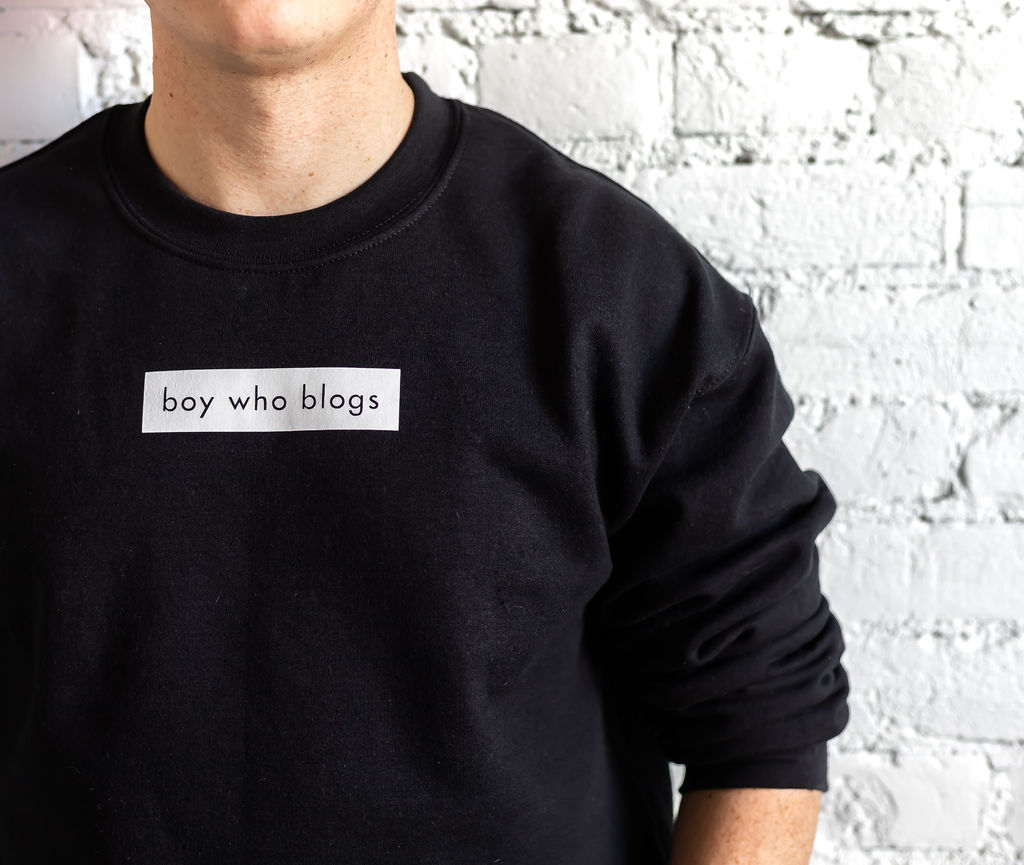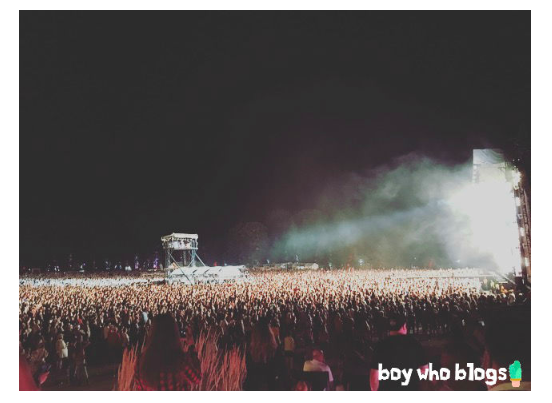Are you taking pictures on your phone or with a fancy schmancy camera? Truth is, for most of us, our smartphone is more than enough to capture stunning imagery. Here is a breakdown of the pros and cons for each.
DSLR
Pros
Quality: DSLR cameras typically have larger sensors, which can result in better image quality!
Lenses: DSLRs allow you to use different lenses for various purposes, such as wide-angle, telephoto, or macro, providing greater flexibility and creative control.
Manual Controls: DSLRs offer extensive manual controls for settings like aperture, shutter speed, and ISO, allowing advanced users to have precise control over their images.
Optical Viewfinder: DSLRs often come with an optical viewfinder, which provides a clear and lag-free real-time view of the scene, making it easier to compose shots.
Cons:
Size and Weight: DSLRs are bulkier and heavier compared to smartphones, making them less portable and convenient to carry around.
Cost: DSLR cameras and lenses can be expensive, especially when considering additional accessories and equipment needed for professional shooting.
Learning Curve: DSLRs have a steeper learning curve due to their advanced features and manual controls, requiring some time and effort to master their full potential.
Limited Connectivity: DSLRs typically have limited built-in connectivity options, making it more challenging to quickly share or transfer images wirelessly.
iPhone
Pros
Size: iPhones are lightweight, compact, and readily available, making them incredibly portable and convenient for spontaneous photography or video recording.
Convenience: Since most people carry their smartphones at all times, an iPhone offers the advantage of capturing unexpected moments without the need for carrying additional equipment.
Easy to Use: iPhones have intuitive user interfaces and automatic settings that make them accessible to beginners or casual photographers without much technical knowledge.
Easy Connectivity: iPhones have built-in Wi-Fi, cellular data, and various apps that make it easy to instantly share or transfer images and videos to social media or other devices.
Cons
Image Quality: While iPhones have made significant strides in image quality, they generally cannot match the level of detail, dynamic range, or low-light performance of DSLRs, especially in challenging conditions.
Limited Controls: While iPhones offer some manual controls, they are not as extensive or precise as those available on DSLRs, limiting creative control for advanced users.
Fixed Lens: iPhones have fixed lenses, which means you have limited options for focal length or specialized lenses, reducing flexibility for different shooting scenarios. Depending on your iPhone, you may have access to more features when it comes to lenses.
Battery Life and Storage: Continuous use of the iPhone camera can drain the battery quickly, potentially limiting the shooting time or requiring additional battery packs for extended sessions.
It’s important to note that both DSLRs and iPhones have their strengths and weaknesses, and the choice ultimately depends on the specific needs, preferences, and budget of the creator. Don’t be fooled though — photography is a skill and things like lighting can be a huge factor when trying to capture the perfect shot! I’ll be honest, most of my content is shot on my iPhone. 
Creator, marketer and influencer in Durham Region, Ontario.

NEWSLETTER
Subscribe to get your free checklist to help increase your Instagram engagement!
Thanks for subscribing!







